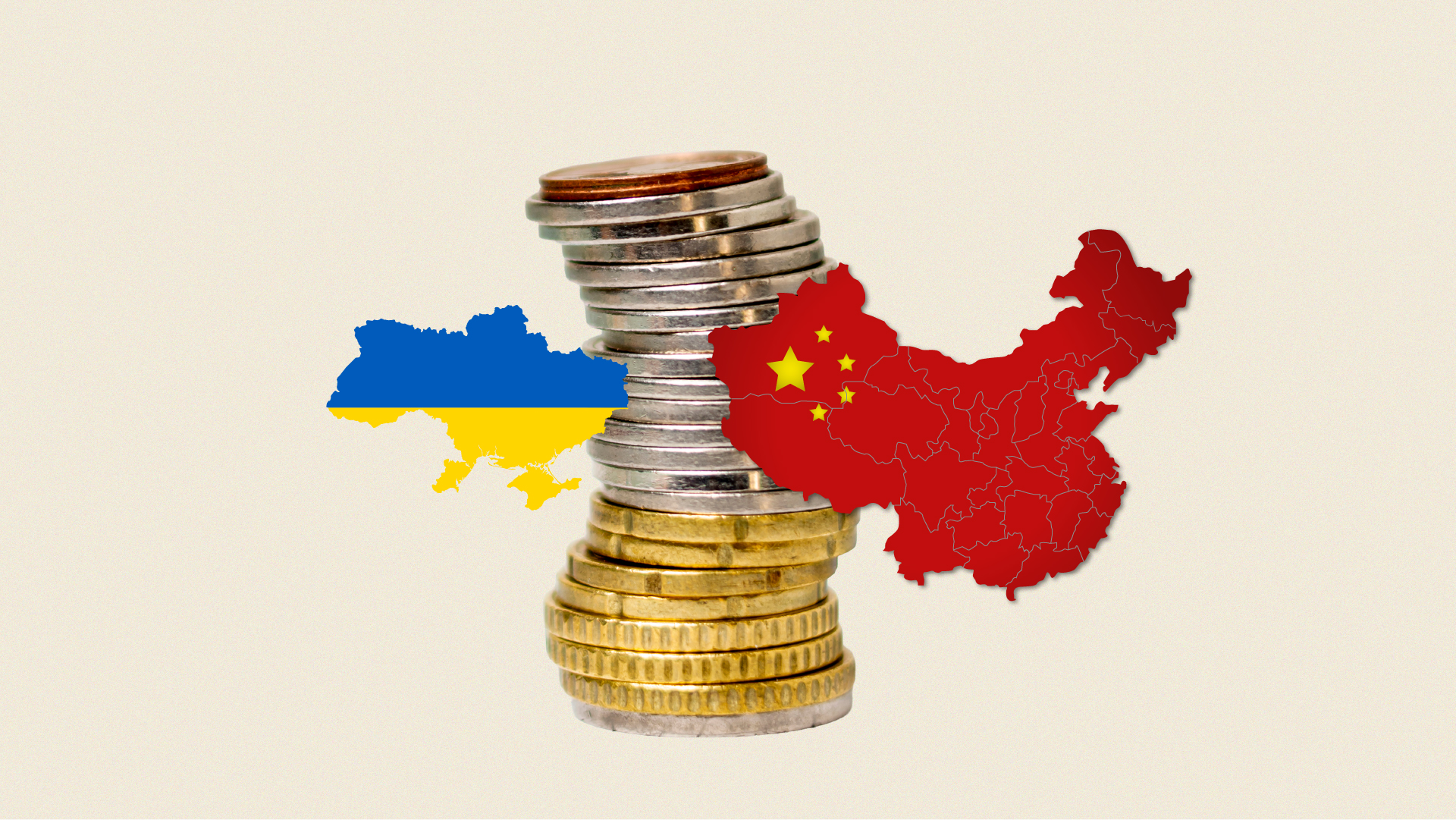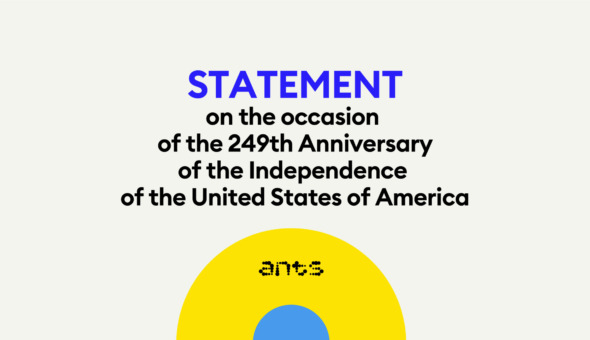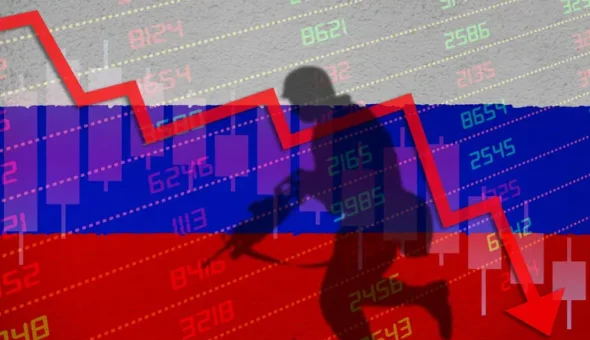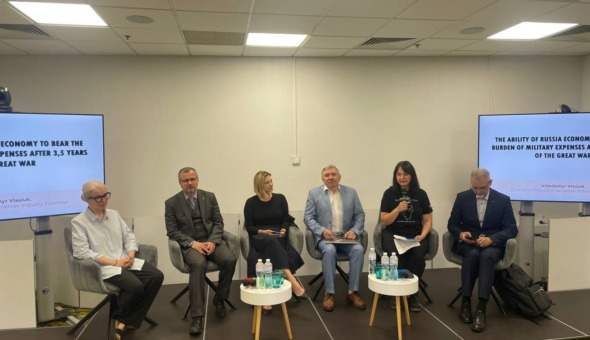
China leverages the Ukraine conflict to advance its economic and strategic interests while maintaining official neutrality, complicating Western efforts to counter Russia and reshape post-war Eurasia.
China’s engagement in Ukraine over the past decade reveals a complex mix of economic ambition, geopolitical maneuvering, and tacit support for Russia’s military ventures. While Beijing officially maintains a neutral stance on the Russia-Ukraine conflict, a closer look at its activities shows a pattern of actions that often align with Moscow’s interests, both economically and strategically.
Economic Expansion Under the Guise of Investment
One of the earliest and most controversial cases of Chinese involvement in Ukraine was the attempted acquisition of Motor Sich, a major Ukrainian manufacturer of aircraft engines. Through Skyrizon, a subsidiary of Beijing Xinwei Technology Group, China sought to gain control over critical aerospace technologies crucial to the People’s Liberation Army’s modernization efforts. Given Motor Sich’s historical importance as the primary supplier of helicopter engines to Russia, the implications of such a sale raised immediate national security concerns in Ukraine and among its Western allies.
With the cessation of military-technical cooperation with Russia after the outbreak of aggression against Ukraine in 2014, the Ukrainian government began to look for alternative options for “Motor Sich”. The information about the 2015 investment agreement with the Chinese was made public only two years later. At the same time, in 2017, the then Vice Prime Minister for Economic Development, Stepan Kubiv, stated that Motor Sich and Skyrizon had set up a joint venture and were already building production in Chongqing, China . Soon after, the Prosecutor General’s Office announced an investigation into the illegal transfer of ownership of shares in the Ukrainian airline. In September 2017, the court arrested these shares at the request of the Security Service of Ukraine.
The production of engines for aircraft and helicopters, and especially for supersonic and hypersonic cruise missiles, is a critical need for the People’s Liberation Army of China (PLA). The Ukrainian government imposed sanctions on the Chinese investor. Before that, the US accused Skyrizon of threatening its national security. The Chinese company threatened the Ukrainian government with an international arbitration court to recover USD 3.5 billion from Ukraine.
The Ukrainian partner of the Chinese, Kharkiv oligarch Oleksandr Yaroslavsky, known for his pro-Russian views, made this statement in all media. Ukraine imposed sanctions against him in 2018. Yaroslavsky is known for his commitment to cooperation with Chinese businesses and has a close relationship with “Alibaba” founder Jack Ma.
In August 2019, US Presidential Adviser John Bolton, during his visit to Kyiv, expressed fears that China was seeking to “gain economic leverage around the world to benefit from defence technologies developed by other countries”.
The decision of the Ukrainian authorities against the Chinese company was condemned by Viktor Medvedchuk, chairman of the political council of the “Opposition Platform – For Life” party, a pro-Russian politician and one of the biggest corrupt officials.
Eventually, Ukraine announced the nationalisation of “Motor Sich”. On 28 January 2021, the Ukrainian authorities imposed sanctions on Chinese citizen Wang Jing and his related companies. Four companies were subject to restrictions: – Beijing Xinwei Technology Group Co., Ltd; – Beijing Skyrizon Aviation Industry Investment Co., Ltd; – Skyrizon Aircraft Holdings Limited; – Hong Kong Skyrizon Holdings Limited.
The then US Secretary of Commerce Wilbur Ross said that Skyrizon was a state-owned company, not a private one, as the Chinese side had claimed. The figure of Skyrizon’s owner, Wang Jing, who is called “a communist oligarch” by the media, is also controversial.
In addition, the president and shareholder of “Motor Sich”, Viacheslav Bohuslaev, was later detained on suspicion of working in favour of Russia.
The Ukrainian government ultimately intervened, nationalizing Motor Sich and imposing sanctions against Chinese stakeholders. This move was supported by U.S. officials, who warned against China’s strategy of leveraging economic influence to acquire foreign defense technologies. Pro-Russian Ukrainian oligarchs, notably Oleksandr Yaroslavsky and Viktor Medvedchuk, were closely involved in promoting Chinese interests, highlighting the intersection of Chinese and Russian influence networks in Ukraine.
Considering the fact that Russian military aviation is critically dependent on «Motor Sich» engines, and the support provided to Chinese investors by pro-Russian politicians, it is certain that the Russian armed forces would be another recipient of the engines from “Motor-Sich” іf the Chinese plan had succeeded.
Deepening Ties in Occupied Territories
Following Russia’s occupation of parts of Donetsk, Luhansk, and other regions, China began cultivating economic relationships within these territories. Chinese companies like Liming Heavy Industry Science & Technology, Amma Construction Machinery Shanghai, and Zhongxin Heavy Industrial Machinery have supplied mining and construction equipment to enterprises operating in these occupied zones. These transactions, often facilitated through trade fairs and forums, effectively support Russia’s efforts to integrate these areas economically and industrially.
Chinese firms have also expressed interest in revitalizing the region’s coal and metallurgical industries, with prominent state-owned enterprises like Genertec International and China Xinxing Group exploring partnerships with occupation authorities. Moreover, the proposed inclusion of occupied territories into the Europe-Western China transport corridor signals a broader strategic alignment between Russian and Chinese infrastructural ambitions.
The first serious contacts between Chinese businessmen and enterprises in the occupied parts of Donetsk and Luhansk took place in the spring of 2023. At that time, the Canton Fair import and export exhibition was held in Guangzhou. Artem Zhykharev, an advisor to the CEO of the so-called «state-owned» «Nadra» company from the temporarily occupied territory of Donetsk Oblast (the so-called DPR), took part in the event. He also visited mining equipment factories in Beijing, Zhengzhou, Jinan and Taiyuan.
Subsequently, the Chinese company Liming Heavy Industry Science & Technology, a manufacturer of crushing, screening and milling equipment, according to Russian media, supplied «Nadra» with stationary crushing plants, vibrating feeders and additional equipment to launch the plant.
Subsequently, other representatives of the PRC entered the market of the occupied territories in a similar way – Amma Construction Machinery Shanghai, a factory that manufactures rock crushing equipment, and Zhongxin Heavy Industrial Machinery, a manufacturer of crushing and screening equipment, among others.
In the same year, Karansky Quarry, a company from the so-called Telmanivsky Municipal District of the occupied Donetsk region, signed cooperation agreements with two Chinese industrial equipment manufacturers: Amma Construction Machinery Shanghai, a factory that manufactures rock crushing equipment, and Zhongxin Heavy Industrial Machinery, a manufacturer of crushing and screening equipment.
This was reported by the Russian state news agency TASS, adding that the Chinese had undertaken to support the commissioning and production processes at the new mineral powder plant in the Karansky quarry.
This crushing and screening plant was commissioned last year.
The interest of businessmen from China has begun to extend to the remnants of the coal industry in the occupied Donetsk region. For example, mining equipment manufacturer Sany Heavy Industry supplied tunnelling machines to Impex-Don, which has four mines in the Russian-occupied region: two in Chistyakove (Torez), Snizhne and Khrestivka (Kirovske). The information was published by the Donetsk News Agency, citing Anatoliy Antoniev, the first deputy director general of Impex-Don.
In 2023, Moscow hosted the All-Russian Congress on Integrated Development of Territories, which was attended by representatives of the so-called ministries of construction, architecture and housing and communal services established in the occupied territories.
The website of the congress itself states that China’s experience in integrated development of territories was presented at the time. In particular, Wang Dongtao, assistant general manager, secretary of the party branch and general manager of the investment and financing division of Heilongjiang Construction Investment Group, came to Moscow as an invited speaker from China.
And representatives of the occupation administrations are increasingly visiting China.
In 2024, the first Russian-Chinese Construction Forum was held in Heilongjiang Province (by the way, the second Russian-Chinese Construction Forum will be held this year, which only shows China’s growing interest in supporting Russia), which was attended by the head of the so-called DPR government, Yevgeny Solntsev, as well as representatives of the Donbas Development Corporation. This was reported by the Russian newspaper Komsomolskaya Pravda.
At the forum, what the DPR called its “investment potential” was presented to the leaders of the Wuhan Iron and Steel Design and Research Institute (Wisdri Engineering & Research Incorporation Limited), which is already implementing several projects in Russia. The aforementioned Solntsev tried to persuade representatives of the institute to take part in the launch and modernisation of metallurgical enterprises in the occupied Donetsk region.
It is worth noting that representatives of the Russian occupation structures want to cooperate not only with Chinese businesses, but also with state-owned ones. According to the same “DPR representative” Solntsev: “Options for cooperation with two Chinese companies, Genertec International Co Ltd and China Xinxing Group Co Ltd, which are implementing projects for the construction of high-rise buildings, business centres, social institutions, highways and bridges, were also outlined”. Both companies are subsidiaries of China General Technology (Group) Holding Co., Ltd, a giant corporation 100% owned by the government of the People’s Republic of China.
The Kremlin is also acting on a larger scale, trying to connect the occupied territories to the 9,000-km-long Europe-Western China international transport corridor by for example, the reconstruction of the Rostov-on-Don-Mariupol-Melitopol-Simferopol highway.
With the help of this logistics route, the Russians plan to attract as many Chinese companies as possible to the regions of Ukraine they have seized. The Kremlin is already trying to do this: as reported by the local propaganda media “Khersonske”, last year a group of Chinese businessmen visited the occupied coastal part of Kherson region, the village of Khorly and the city of Skadovsk. The Russians tried to interest East Asian entrepreneurs in local ports and the possibility of supplying agricultural equipment to the region.
Military Cooperation: From Materials to Weaponry
China’s support extends into the military domain, albeit covertly. Beijing has become a crucial supplier of materials critical for Russia’s defense industry, such as gallium, germanium, and antimony. Despite public denials, there is mounting evidence that Chinese-made military equipment, including ZFB-05 armored vehicles and drones developed with Chinese assistance, are being used on the Ukrainian front lines.
A particularly concerning development is the reported involvement of Chinese military officers behind Russian lines, studying battlefield tactics firsthand. While Beijing officially distances itself from these activities, the presence of Chinese military personnel and the sale of complete UAVs (unmanned aerial vehicles) to Russian forces suggest a deliberate effort to benefit from, and contribute to, the conflict.
Although the Chinese government denies supporting Russia in its war against Ukraine, data on exports of these metals, which are crucial for weapons production, indicate otherwise.
Moreover, these chemical elements are used, among other things, for the production of nuclear weapons, while China publicly calls on Russia to refrain from nuclear strikes against Ukraine.
There are also confirmed facts of the appearance of Chinese weapons on the Russian-Ukrainian front. Pro-Russian Telegram-channels posted photos of the Russian military with a Chinese ZFB-05 armoured vehicle. “Chinese Hushi armoured vehicles in the area of the SMO [on the frontline]”, – the message says. At the same time, BILD expert Julian Röpke confirms the authenticity of the images, noting that this is the first evidence of the use of Chinese military equipment in Ukraine.
“The Russian invasion army used Chinese armoured vehicles of the ZFB-05 type for the first time in Ukraine. China denies that it supplied the vehicles. However, there are many African intermediaries that Russia could have used”, Röpke writes.
It is also about technology exchange. For example,in 2024, IEMZ Kupol, a subsidiary of Russian state-owned arms company Almaz-Antey, has developed and flight-tested a new drone model called Garpiya-3 (G3) in China with the help of local specialists, according to one of the documents, a report that Kupol sent to the Russian defence ministry earlier this year outlining its work.
Kupol has taken delivery of seven military drones made in China, including two G3s, at its headquarters in the Russian city of Izhevsk, according to the two separate documents reviewed by Reuters, which are invoices sent to Kupol in the summer by a Russian firm that the two European intelligence sources said serves as an intermediary with Chinese suppliers. The invoices, one of which requests payment in Chinese yuan, do not specify delivery dates or identify the suppliers in China.
The two intelligence sources said the delivery of the sample drones to Kupol was the first concrete evidence their agency had found of whole UAVs manufactured in China being delivered to Russia since the Ukraine war began in February 2022.
China sends its military to gain experience of modern warfare in Ukraine.
More than one hundred Chinese citizens fighting for the Russian military against Ukraine are mercenaries who do not appear to have a direct link to China’s government, two U.S. officials familiar with American intelligence and a former Western intelligence official said.
Chinese military officers have, however, been in the theater behind Russia’s lines with Beijing’s approval to draw tactical lessons from the war, the former official told.
This information is also spread in Russian sources.
Soft Power and Information Campaigns
Beyond material support, China also engages in information and perception management operations. In 2023, Chinese delegations, portrayed as “bloggers” and cultural figures, toured Mariupol—a city devastated by Russian forces—to propagate narratives blaming “Ukrainian Nazis” for the destruction. Prominent figures like singer Wang Fan and politician Zhou Xiaoping actively participated in these efforts, amplifying pro-Russian and anti-Western sentiments among Chinese and global audiences.
In the autumn of 2023, a delegation of Chinese “bloggers” (as the visitors were called in the Russian and Ukrainian media) came to see the “big construction” in bombed-out Mariupol.
During this visit, popular singer Wang Fan sang the song ‘Katyusha’ at the construction site of the building that Russia is constructing on the site of the Mariupol Drama Theatre.
After their tour to Mariupol, the Chinese guests held a press conference during which Wang Fan spoke about the anger and indignation she felt at the stories of crimes against children by “Ukrainian Nazis”. Sitting next to the singer was her husband Zhou Xiaoping, a well-known and influential Chinese anti-Western politician, member of the 14th National Committee of the Chinese People’s Political Consultative Conference.
Conclusion: Strategic Ambiguity and Opportunism
China’s involvement in Ukraine represents a broader strategy of pragmatic opportunism underpinned by strategic ambiguity. By economically exploiting occupied territories, covertly assisting Russia militarily, and shaping narratives supportive of Moscow’s war aims, China is gradually positioning itself as a silent but influential actor in the conflict.
China is using the Ukraine conflict as an opportunity to enhance its military, deepen its alliance with Russia, exploit economic resources, and position itself more favorably in the emerging global order — all while avoiding direct confrontation with the West.
As the war in Ukraine continues, China’s actions will likely further complicate efforts to isolate Russia and could significantly shape the geopolitical landscape in Eurasia for years to come.



